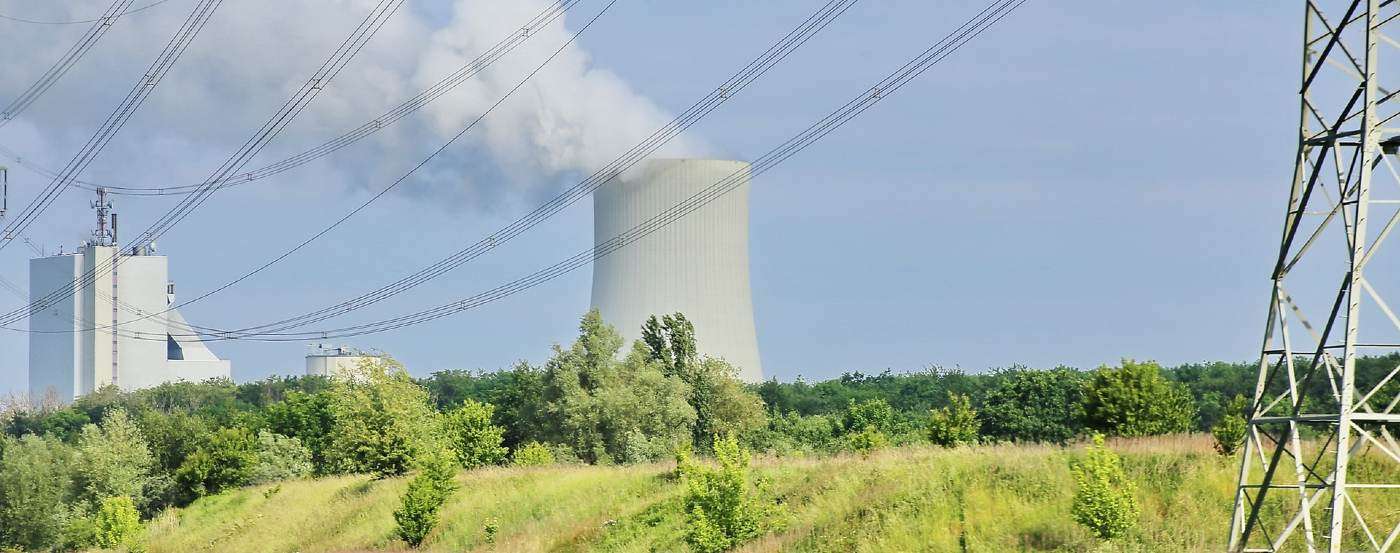Containing a large chunk of the total world population, the people of China, India, Russia, and the United States have all helped and worked dramatically to slash the levels of the toxic air pollutant sulfur dioxide (SO2).
In 2019, the levels of anthropogenic SO2 emissions fell worldwide by 6%. In only the second time ever, SO2 emissions fell in all three of the countries most responsible for emitting it: China, India, and Russia.
This was based on NASA satellite data that measured levels of the colorless, mildly toxic gas that is generated from activities like burning coal without scrubbers, or other lab processes that remove the sulfur before the coal is used, but also from certain highway vehicles, chemical manufacturing, metal smelting for industry, and some recycling procedures like metal recycling.
In the United States, the trend has been one of almost continuous fall: from the 1970s, when 31 million U.S. tons of SO2 was created by human-made activities, to now, when the number stands at 2.17 million. A loss of 300,000 U.S. tons from 2018-2019 numbers means that the country also joins these other three powerful nations in dropping SO2 emissions of late.
India was the state that saw the greatest fall. As some coal plants have shut down and the country sees a greater utilization of renewables, 414,000 fewer U.S. tons of produced SO2 has been the result.
Over the same period, China experienced a 5% fall, which while being the lowest drop this decade, is still impressive, and the country has decreased SO2 emissions by 87% since 2011. This was primarily down to the increase in use of fuel scrubbers and refineries in the country.
In 2019, the levels of anthropogenic SO2 emissions fell worldwide by 6%. In only the second time ever, SO2 emissions fell in all three of the countries most responsible for emitting it: China, India, and Russia.
This was based on NASA satellite data that measured levels of the colorless, mildly toxic gas that is generated from activities like burning coal without scrubbers, or other lab processes that remove the sulfur before the coal is used, but also from certain highway vehicles, chemical manufacturing, metal smelting for industry, and some recycling procedures like metal recycling.
In the United States, the trend has been one of almost continuous fall: from the 1970s, when 31 million U.S. tons of SO2 was created by human-made activities, to now, when the number stands at 2.17 million. A loss of 300,000 U.S. tons from 2018-2019 numbers means that the country also joins these other three powerful nations in dropping SO2 emissions of late.
India was the state that saw the greatest fall. As some coal plants have shut down and the country sees a greater utilization of renewables, 414,000 fewer U.S. tons of produced SO2 has been the result.
Over the same period, China experienced a 5% fall, which while being the lowest drop this decade, is still impressive, and the country has decreased SO2 emissions by 87% since 2011. This was primarily down to the increase in use of fuel scrubbers and refineries in the country.
Russia lay claim to the largest percentile drop-8%, translating to roughly 340,000 U.S. tons of toxic gas. The amounts of SO2 created by their oil, coal, and gas burning is actually less than the amount produced by the volcanoes which happen to be confined in its borders, much of which comes from the extremely volcanic Kamchatka Peninsula across the straits from Alaska.
SHARE This Breath of Fresh Air With Friends on Social Media…










Be the first to comment